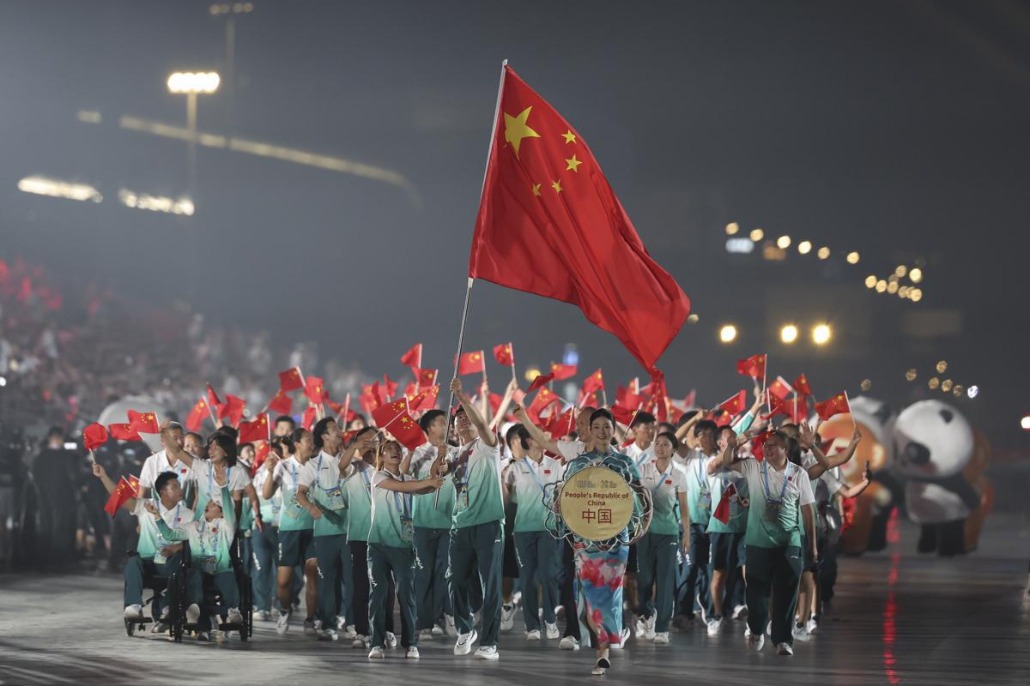IMF visits for SDR review

Addition to basket seen as crucial to yuan internationalization
China is "actively" working with the International Monetary Fund in the assessment of whether the yuan can be included in the basket for the IMF's Special Drawing Rights, an international reserve asset, says the foreign exchange regulator.
The comment came from Wang Yungui, director of the policy and regulations department at the State Administration of Foreign Exchange, during a news conference on June 17. A special team from the IMF is in Beijing for technical discussions of the SDR review, which takes place every five years.
| A cashier at Rural Commerial Bank in Lianyungang, Jiangsu province, counts currency on Nov 7, 2014. Si Wei / For China Daily |
"China is actively trying to join the SDR, but it should be a natural process that requires all conditions to be ripe," says Wang. "To join the SDR basket is crucial for accelerating the yuan's internationalization and reducing potential financial risks."
The basket of reserve currencies for the SDR, which was created by the IMF in 1969, is made up of the dollar, Japanese yen, British pound and euro. Whether to add the yuan is a major issue for this year's assessment.
The two-stage review process consists of a technical determination of whether the yuan meets SDR criteria, such as whether it is "freely usable". The IMF Executive Board is to vote on the issue by the end of the year.
The yuan failed a review for SDR inclusion in 2010, as it was not considered "freely usable" at the time. The political backdrop then was negative for China, as the United States claimed the currency was "substantially undervalued" and should be allowed to appreciate.
To join the SDR basket will have limited economic benefit for China, experts say, but the reform behind the process will be a milestone for China's financial opening, as it will accelerate capital account liberalization.
The SAFE official confirmed on June 17 that the agency aims to finish the revision of foreign exchange regulations by the end of this year, which was listed as a major task by the State Council and the central bank to achieve the yuan's full convertibility.
The revision work includes: further reducing administrative approvals on capital controls; strengthening statistical analysis and monitoring of cross-border capital flows and tightening controls on foreign debt in the foreign exchange market.
"The key is to prevent a regional and systemic financial crisis," says Wang.
Earlier this month, the People's Bank of China, the central bank, announced that it would allow offshore yuan clearing. It also says it would permit participating banks to access the onshore interbank repo market, as a measure to expand the currency's use in more foreign markets.
The PBOC says in a report that the government will soon allow individuals to invest overseas under the Qualified Domestic Institutional Investor II program.
Paul Mackel, head of Asian foreign exchange research at HSBC Holdings Plc, says that there are only a few steps left for the yuan to be considered convertible.
"Additional steps toward renminbi convertibility will soon materialize, tightening the linkages between onshore and offshore markets," he says.
Greater capital account opening should mean greater two-way volatility in the yuan's exchange rate, and the currency will become more sensitive to capital flow dynamics, says Mackel.
Net capital inflows to China were about $20 billion in the first five months of the year, the foreign exchange regulator reported on June 17.
In May, foreign exchange receipts into China's commercial banks reached $1.3 billion, according to the State Administration of Foreign Exchange.
This reversed a downward trend in the previous nine months, which showed capital inflows were generally falling.
Wang Yungui, director of the policy and regulations department at the SAFE, says this ended a nine-month period of net capital outflows.
"It indicates a more balanced foreign exchange market," Wang told a news conference in Beijing on June 17.
"The market has been improving since April and developing toward a more stable situation."
SAFE data suggested net capital outflows in China in the first quarter, with the central bank logging a $91.4 billion deficit in foreign exchange settlements. But the SAFE said that capital outflows were "normal" and should not be regarded as capital flight.
Economists believe the increase in capital inflows will boost money supply in the domestic financial market and delay the government's decision for further monetary easing.
chenjia@chinadaily.com.cn
(China Daily Africa Weekly 06/19/2015 page20)
Today's Top News
- A Quixotic quest to reindustrialize US
- Major test brings lunar mission closer to reality
- China likely to continue buying gold
- World Games dazzle spectators in Chengdu
- Choirs send message of amity at games' opening
- Foreign trade stays on stable growth track































